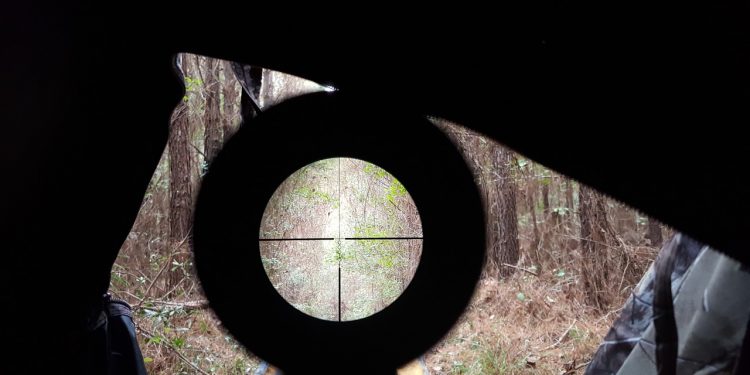Years ago checking how well you were doing at target shooting or sighting in your weapon was a painstaking process. After you clicked off a few shots you would then have to the run-up to the target to check and see how your aim was. Needless to say, this was a various tedious and time-consuming process. Thankfully it is a much simpler process these days thanks to high magnification spotting scopes.
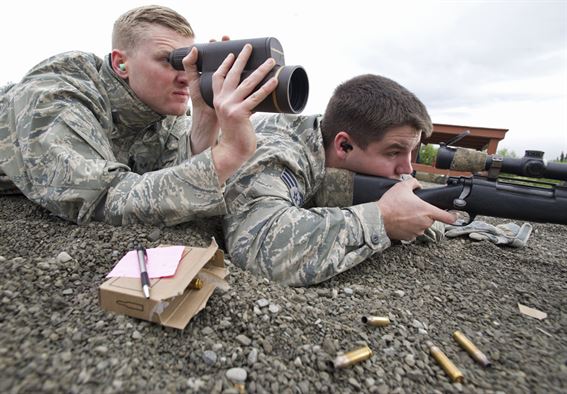 Spotting scopes look a lot like a telescope but can be slightly curved too. They are great to have because they are more powerful than the scope on your rifle when it comes to identifying shooting accuracy. That is why almost every military sniper is accompanied by an assistant with one of these great long-distance sight magnification tools.
Spotting scopes look a lot like a telescope but can be slightly curved too. They are great to have because they are more powerful than the scope on your rifle when it comes to identifying shooting accuracy. That is why almost every military sniper is accompanied by an assistant with one of these great long-distance sight magnification tools.
You don’t just want to run out and buy the first spotting scope you see online or on a store shelf either. You need to purchase one that is tailored to suit your particular shooting needs. We will try to help you with that in this article. Among the things this article will go over is how to choose a spotting scope for target shooting that adequately meets your spotting needs.
9 Factors to Consider for Buying a Spotting Scope for Target Shooting!
Here are the key characteristics of spotting scopes you should concentrate on when looking to buy a new one:
#1 COST
As when you are buying most products, the cost is an important consideration when shopping for spotting scopes too. That is because these handy magnification devices can be found in a very wide variety of price ranges.
You really have to match them to your needs or else you may end up spending way more money on a spotting scope for magnification power and other options that you really don’t need. Of course, you should make a budget range that you are willing to and can afford to spend on your new spotting scope too.
– – More Readings: looking for Spotting Scopes for long distance viewing? Check out this article!
#2 CONFIGURATION
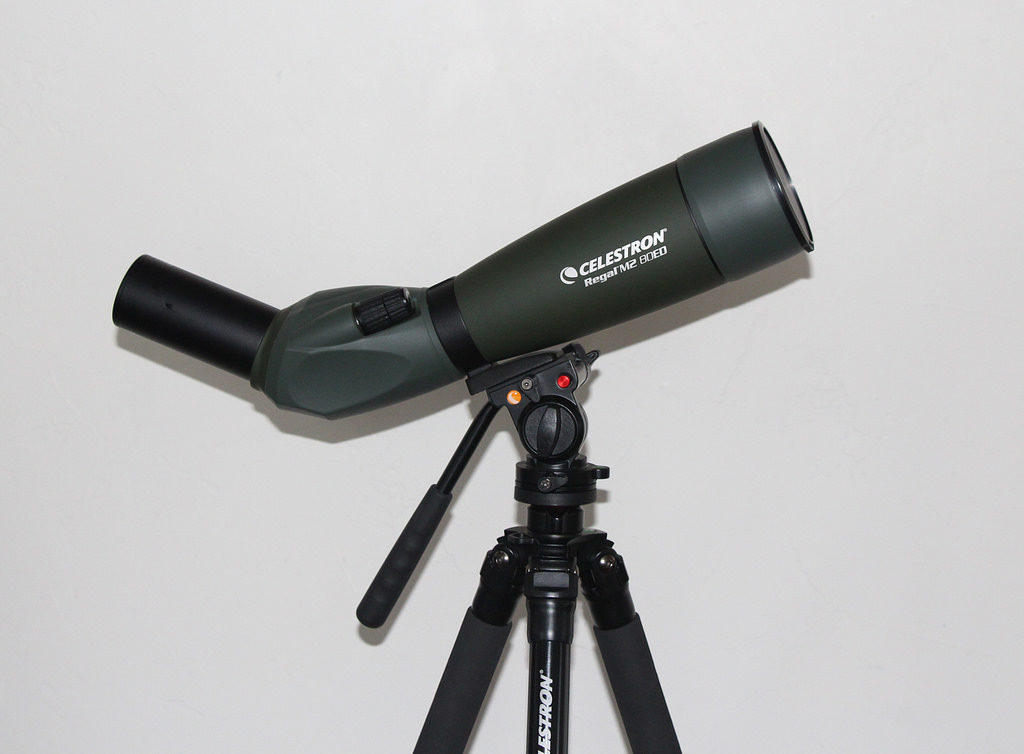
There are basically two shapes that spotting scopes come in. Spotting scope models can be either totally straight (some with two tiers) or slightly angled toward the viewing end. The ones that are slightly angled are usually easier to use for such things as bird watching or if you need to use your spotting scope for a long period of time. Straight spotting scopes are perfect for checking your shooting accuracy from a long distance.
#3 LENS COATINGS/FROG PROOF
Lens coating is very important when it comes to the spotting scope. These coatings help to cut down on glare as you are looking through and also enhance image quality by eliminating light loss. The more coatings the lenses on a spotting scope has the better.
You also want your spotting scope to be a model that is sealed up well. That will prevent moisture from getting in them. Combined with a good lens coating this will help keep the spotting scope from fogging up when you use it in warm, cold or wet weather.
#4 FIELD OF VIEW
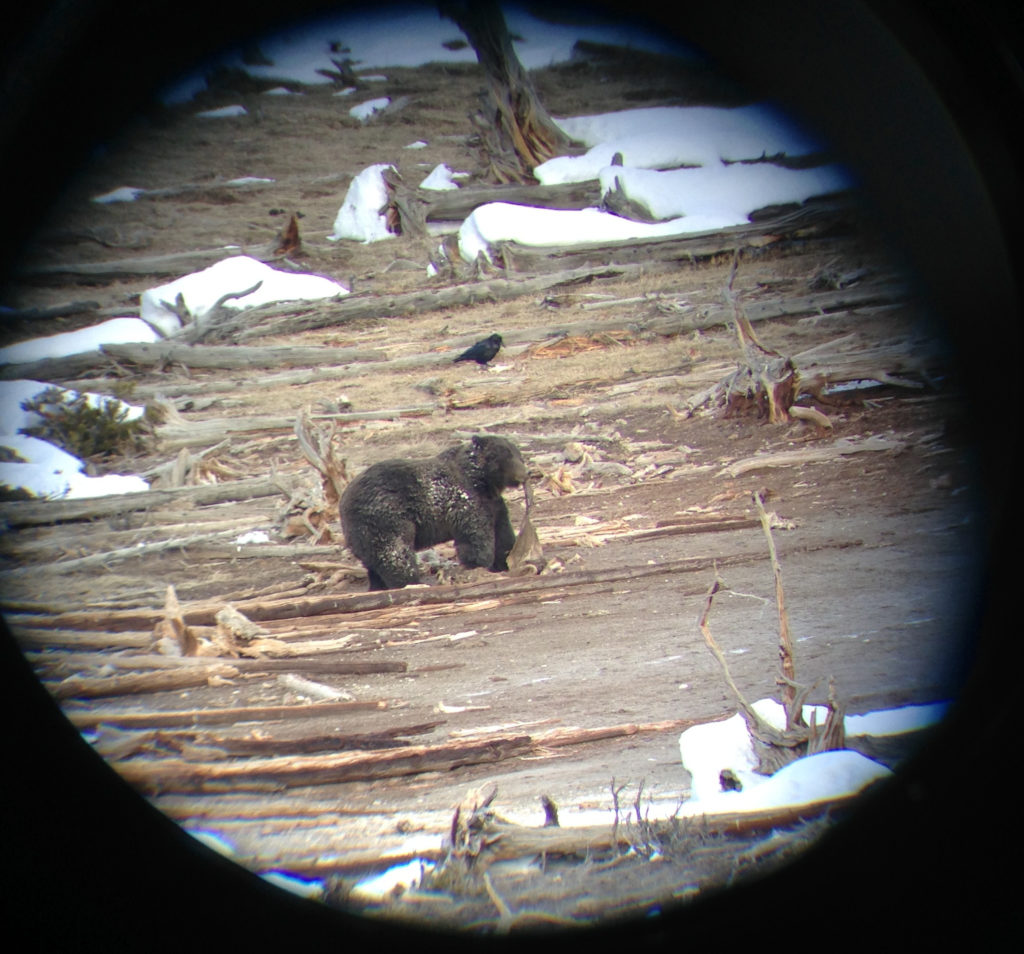
You might be wondering how wide of a distance you can see when you look through your spotting scope. That is called the ‘field of view’. If you are just using your scope mainly to access your target shooting then you don’t need such a large field of view.
On the other hand, if you are going to use your spotting scope to search for a game or look at other moving objects, a scope with a wider field of view is much preferred for this task.
Know the Important Numbers. You are probably wondering what those important numbers on the side of a spotting scope are. Somewhere stamped on a spotting scope or on its information will be a series of three very important numbers. They will look something like this: 30-60×70. These numbers represent the following very important information you need to know before you buy any spotting scope model:
#5 MAGNIFICATION
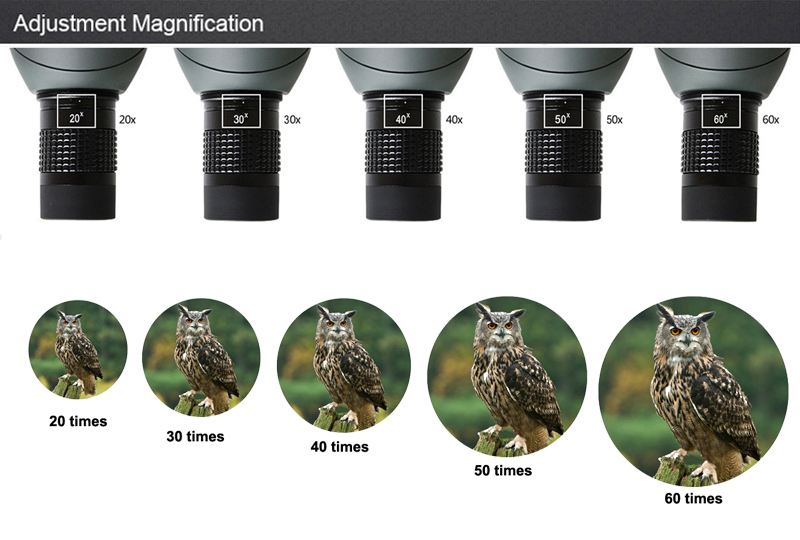 The first two numbers (30-60 in the example above) represent the zoom capability of a spotting scope relative to how far you can see with the naked eye. The ‘30-60’ in the example above means you can zoom that scope from 30 – 60 times the distance you would be able to see with your naked eye.
The first two numbers (30-60 in the example above) represent the zoom capability of a spotting scope relative to how far you can see with the naked eye. The ‘30-60’ in the example above means you can zoom that scope from 30 – 60 times the distance you would be able to see with your naked eye.
#6 OBJECTIVE LENS DIAMETER
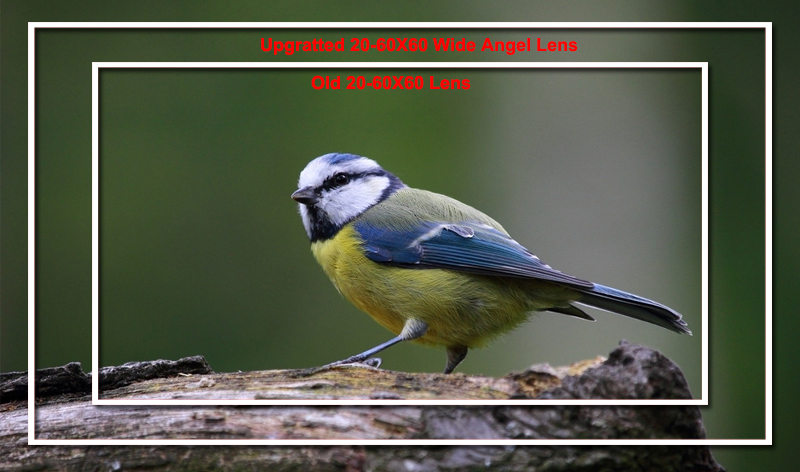
The last number in the series (70 in the example above) is the size in millimeters of the objective lens a particular spotting scope has. The bigger the objective lens the better the image quality you will get with that spotting scope.
#7 WEIGHT
You also must decide how portable you want your spotting scope to be and the biggest factor in this is the weight of a spotting scope.
The weight of the spotting scope is usually directly related to the power of its magnification and the size of its objective lens. The more power a scope has and the bigger its objective lens the more it will weigh.
Obviously you do not a super heavy spotting scope if you are going to be on the move often and carrying a lot of other gear out in the field with you. So you may have to sacrifice some magnification power and image quality to accomplish this.
#8 DURABILITY/WEATHER PROOFING
Spotting scopes are by no means a disposable item so that means you would like them to last as long as possible. Make sure any spotting scope you buy is made out of sturdy lightweight metals like aluminum alloys or its body is made out of tough polymer plastic. It is also highly recommended that any spotting scope you buy be waterproof.
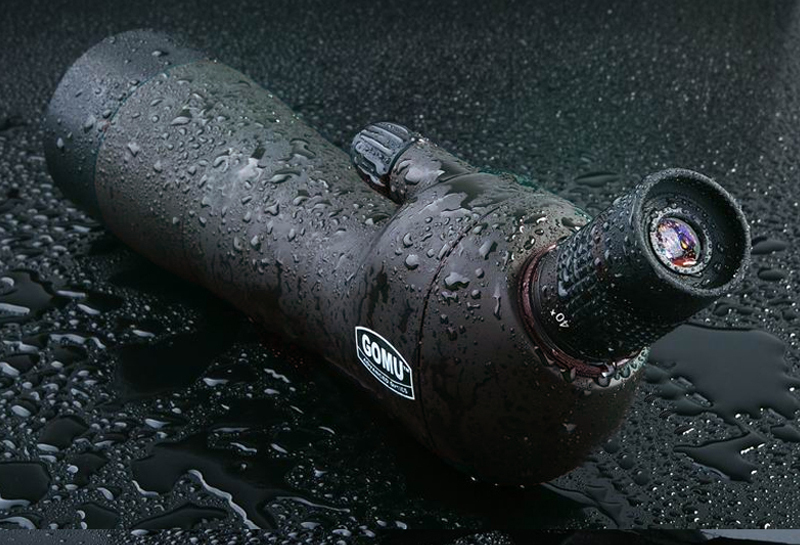
#9 WARRANTY
Even the most durable spotting scopes may not end up being problem free. There are times when your spotting scope may fail through no fault of your own.
Things such as material defects and poor workmanship can and do occur on products all the time. That is when a nice warranty on a spotting scope comes in very handy.
There are two important aspects of a good product warranty. The first is the time period it covers and the longer the warranty the better. Equally important is what parts of a product that warranty covers.
You need to know if it covers just some of the parts on the scope or all of it. The more comprehensive your spotting scope warranty is the better.
Spotting Scopes Fulfill Some Essential Needs for Hunters and Target Shooters
If you shoot for target practice a lot or are a serious hunter, then you should consider purchasing a spotting scope if you don’t already own one.
You can even use them in the field to spot game before you shoot. They are easier to use and have a more powerful magnification than your rifle scope in most cases.
We hope after reading this article you better know how to choose a spotting scope for target shooting or for use when hunting.
They really can make things much more convenient for anyone who likes to shoot a gun or hunt. Spotting scopes can also be used for bird watching and sky watching too.
They definitely are fun and helpful sight magnification tools that can be used for a variety of different uses.

